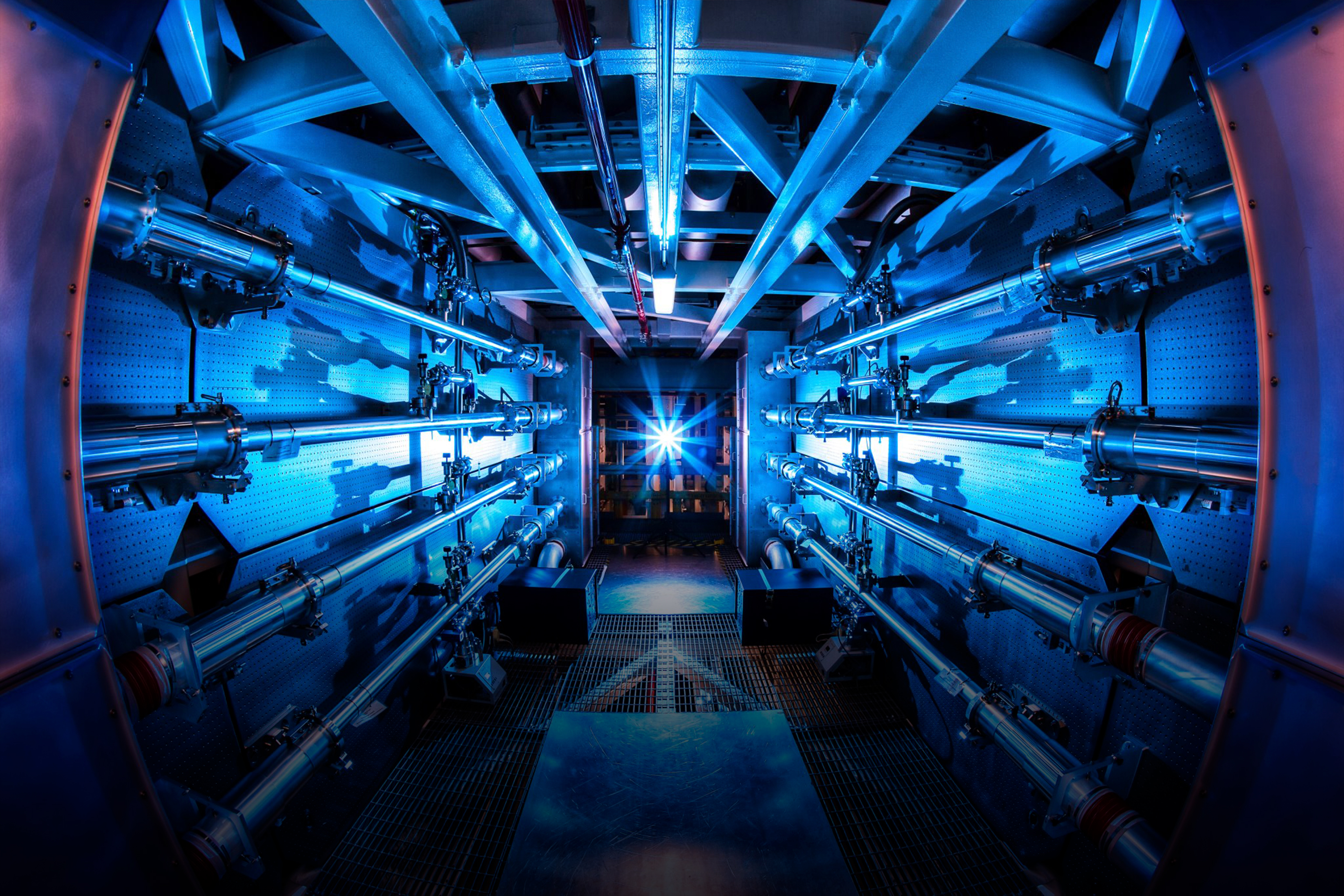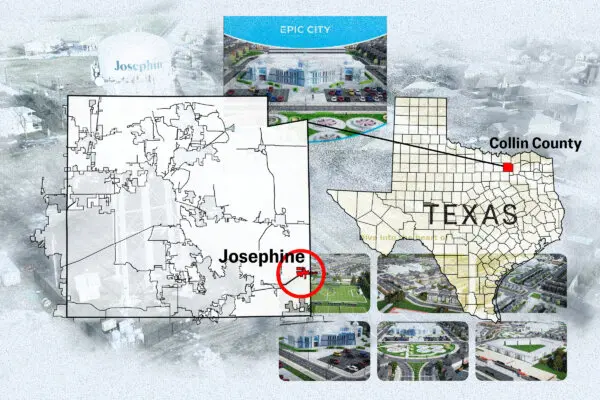Generating nearly limitless, clean, carbon-free energy from nuclear fusion—a vision that seems to be perpetually out of reach—has taken major steps in the past several years toward becoming a reality.
On the heels of major recent breakthroughs in physics labs in generating nuclear fusion, the quest has now expanded into the private sector, where a proliferation of startup companies are racing to make the process commercially viable—and profitable.










